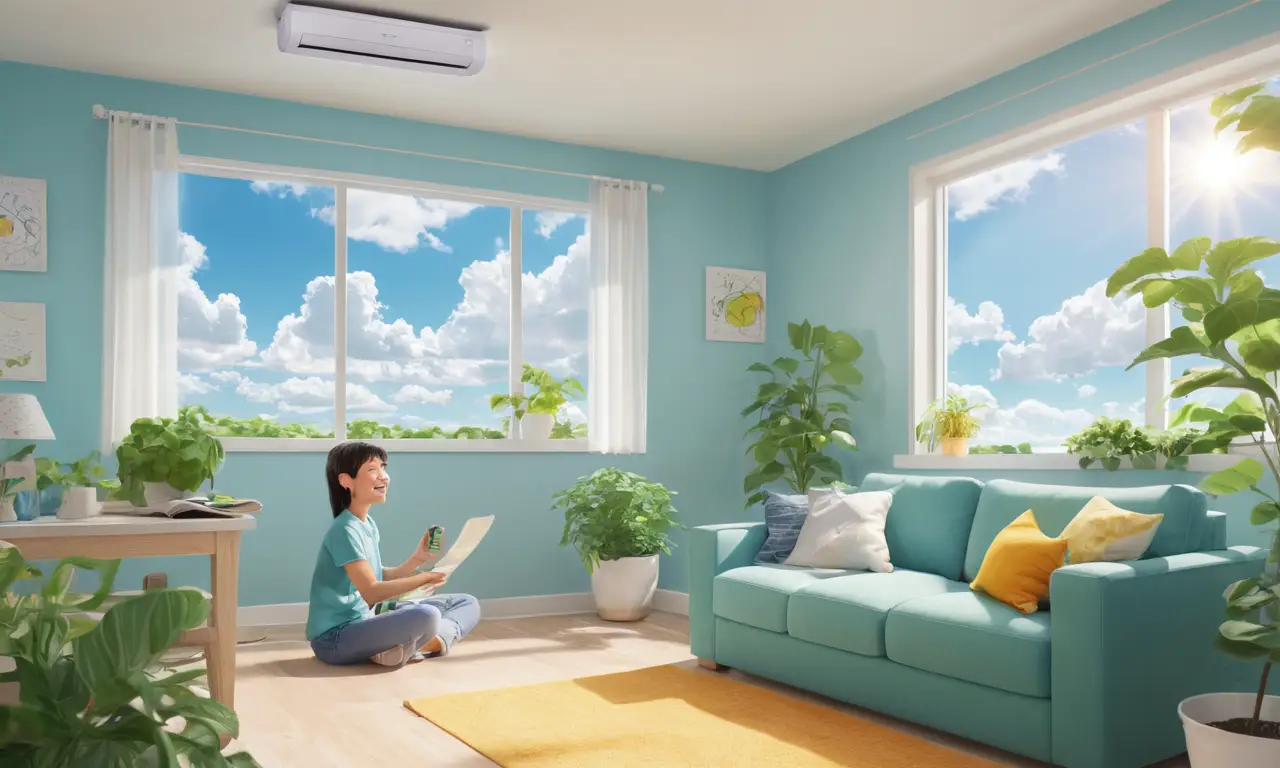
Air conditioners are essential for beating the heat during scorching summer months. However, their energy consumption can be a significant concern for homeowners looking to save money and reduce their carbon footprint. A common question arises: does an AC use electricity when on but not running? The answer is yes, even when your AC isn’t actively cooling, it still draws some power. Understanding how air conditioners consume energy and the factors influencing their usage can help you make informed decisions to optimize efficiency and lower your electricity bills.
This article delves into the intricacies of air conditioner energy consumption, exploring standby mode power usage, factors affecting AC energy use, and practical tips for reducing energy drain while maintaining a comfortable indoor environment.
Air Conditioner Energy Consumption
Air conditioners are electrical appliances that convert electrical energy into mechanical energy to circulate cool air. This process involves several components working together, each requiring power to function. The compressor, responsible for compressing refrigerant and generating cooling, is the most energy-intensive part of an AC unit. Other components like the condenser fan, evaporator fan, and control system also contribute to overall energy consumption.
The amount of electricity an AC uses depends on several factors, including its size (measured in tons), efficiency rating (SEER), and the ambient temperature difference between indoors and outdoors. Higher-efficiency models with a higher SEER rating consume less energy for the same cooling capacity.
Standby Mode Power Usage
Even when your air conditioner is turned off but still plugged in, it consumes a small amount of electricity known as standby power or phantom load. This occurs because some internal components, like the control board and clock, continue to draw power even when the unit isn’t actively cooling. While this standby power usage is relatively low compared to full operation, it can add up over time and contribute to your overall energy bill.
The amount of standby power consumed by an AC varies depending on its model and features. Some newer models with advanced sleep or eco modes may have significantly lower standby power consumption than older units.
Factors Affecting AC Energy Use
Several factors influence how much electricity your air conditioner consumes:
Ambient Temperature
The greater the temperature difference between indoors and outdoors, the harder your AC has to work to maintain a comfortable indoor temperature. During extreme heat waves, your AC will run more frequently and consume more energy.
Insulation and Sealing
Proper insulation and sealing of your home can significantly reduce the amount of heat gain from outside, allowing your AC to operate less frequently and consume less energy.
Thermostat Settings
Setting your thermostat a few degrees higher when you’re away or asleep can make a noticeable difference in energy consumption. Every degree increase can save you up to 3% on your cooling costs.
Window Coverings
Keeping curtains and blinds closed during the hottest part of the day can prevent sunlight from heating up your home, reducing the workload on your AC.
Reducing AC Energy Drain

There are several steps you can take to minimize the energy consumption of your air conditioner:
Regular Maintenance
Regularly cleaning or replacing air filters, checking refrigerant levels, and scheduling professional maintenance can ensure your AC operates efficiently and consumes less energy.
Upgrade to a High-Efficiency Model
Consider upgrading to a newer, more energy-efficient model with a higher SEER rating. While the initial investment may be higher, the long-term savings on electricity bills can offset the cost.
Smart Thermostat Installation
A smart thermostat allows you to program your AC to adjust temperatures automatically based on your schedule and preferences, optimizing energy use and reducing waste.
Tips for Efficient Cooling
Beyond minimizing AC energy drain, here are some additional tips for staying cool and comfortable while conserving energy:
Use Fans Strategically
Ceiling fans and portable fans can help circulate air and create a cooling effect, allowing you to set your thermostat higher without sacrificing comfort.
Dress Appropriately
Wearing light-colored, loose-fitting clothing can help you stay cooler in hot weather.
Conclusion
Understanding how does an AC use electricity when on but not running is crucial for making informed decisions about energy consumption and reducing your environmental impact. While air conditioners are essential for comfort during hot months, they can be significant energy consumers. By implementing the tips outlined in this article, you can minimize their energy drain, save money on your electricity bills, and contribute to a more sustainable future.
